
Case Study : Virgin Voyages
The Background
Virgin Brands had spent 6 years concepting, pitching and securing funding to enter the cruising industry. Which up until the pandemic, was the fastest growing segment in the travel industry. A full year before sales launch and more than two years before the 1st public sail, I was brought on as Head of Creative to develop all DTC creative marketing — crafting a tone of voice and visual language nearly from scratch.
This was my approach
I began with a strategic exercise using internal models and market data that resulted in the identification of target personas and brand cohorts, signed off on by the executive team. I developed the Virgin Voyages brand upon three tenets: Everybody’s Welcome, Tone Matters, Uniquely Virgin. These tenets mapped back to attributes our target personas valued in their travel experience.Everyone’s welcome.
Inclusivity and representation matters to the Virgin audience and it was important that VV’s communications conveyed that. I shifted the brand messaging from “red hot Virgin” to a more relevant contemporary message that relied less on sex appeal and more on the concept that this travel experience would be nourishing to the soul.
Tone matters.
This tenet touched upon two things. I promoted tone of voice to be as important as visual presentation. As with most travel brands, destination photography is a visual commodity. The Mediterranean is the Mediterranean. How Virgin would differentiate is by speaking to the consumer using a casual friendly tone that was fun, short-hand and self-assured. Similar to how friends would speak to each other as they plan their next adventure together. The second part of tone is that art & copy was never stuffy — Virgin is the brand that could be caught in mid-bite or mid-laugh with food in their mouths. Instead of looking for photographic perfection, Virgin creative strived to capture authentic moments.
Unmistakably Virgin.
In launching into a new category and building brand awareness, every touch point with the consumer is a gift and so every bit of creative needed to delight or educate. Suites weren’t just suites, they were Virgin Rockstar Suites (conveyed above as an after-after party). Leaning into the Virgin DNA and showcasing how only Virgin can deliver this unique travel experience was a tenet that touched every bit of creative.
PSA : THE FOLLOWING IS NOT VIRGIN.
This helps paint a picture of the marketing efforts of Virgin’s competition when the brand launched tickets sales in 2019



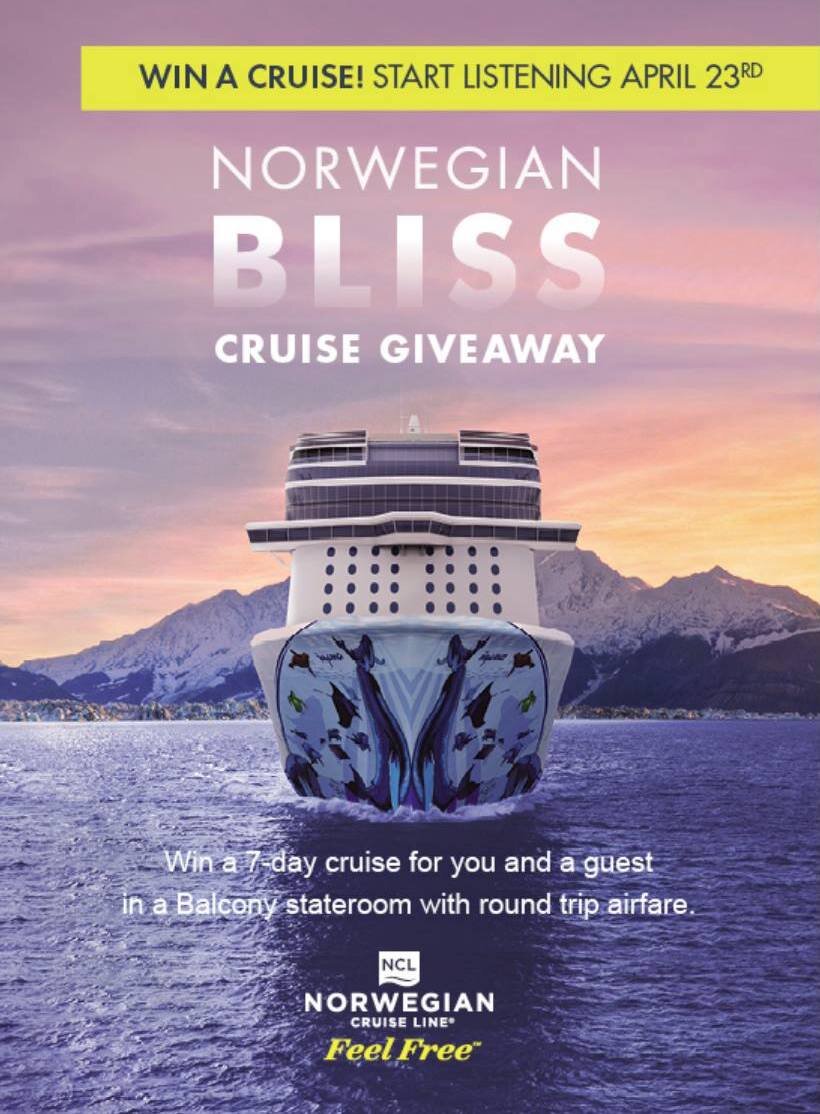
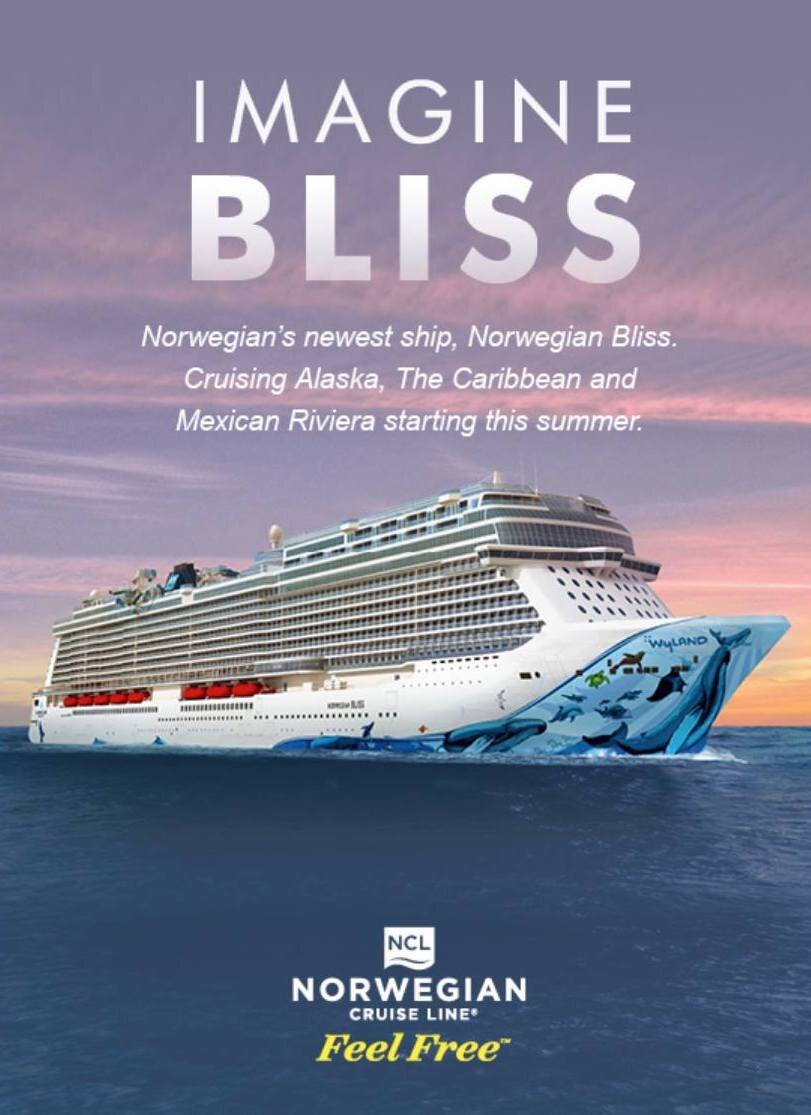
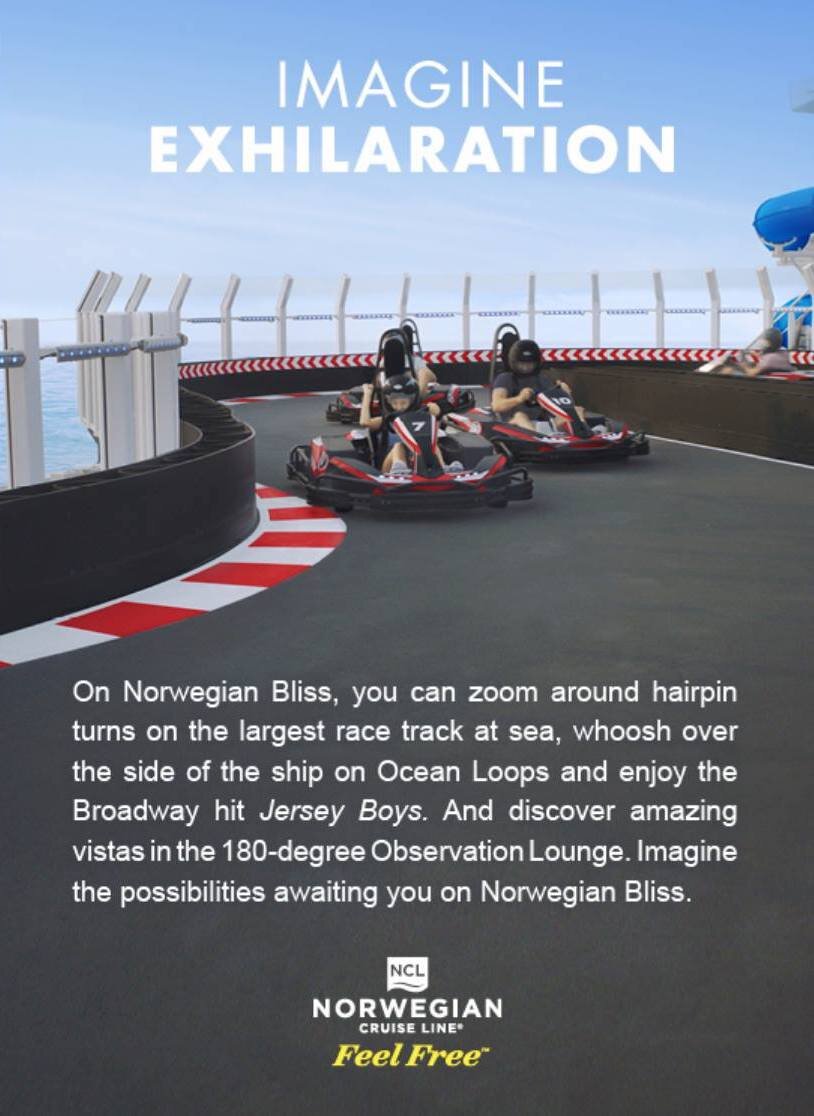

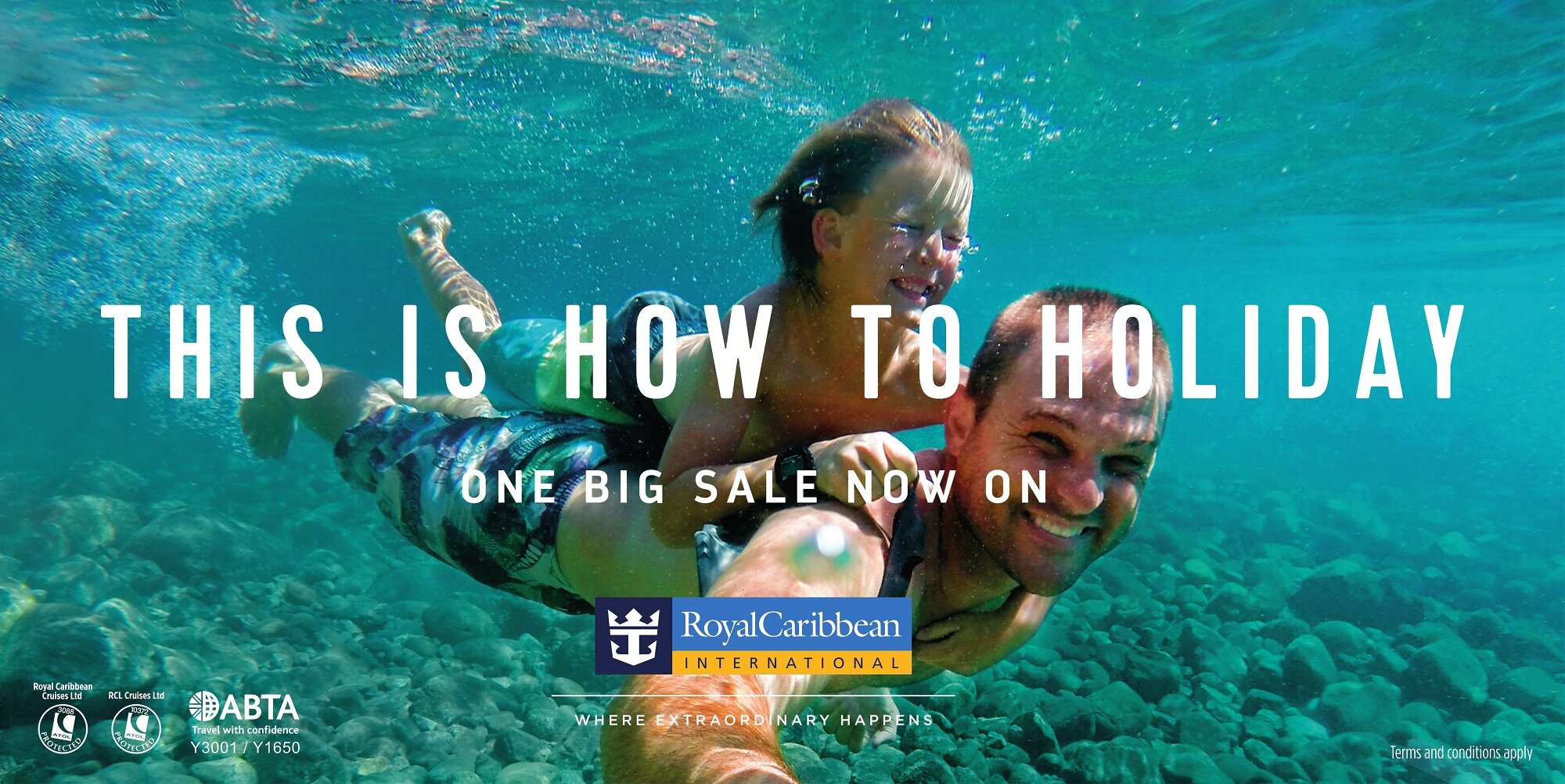



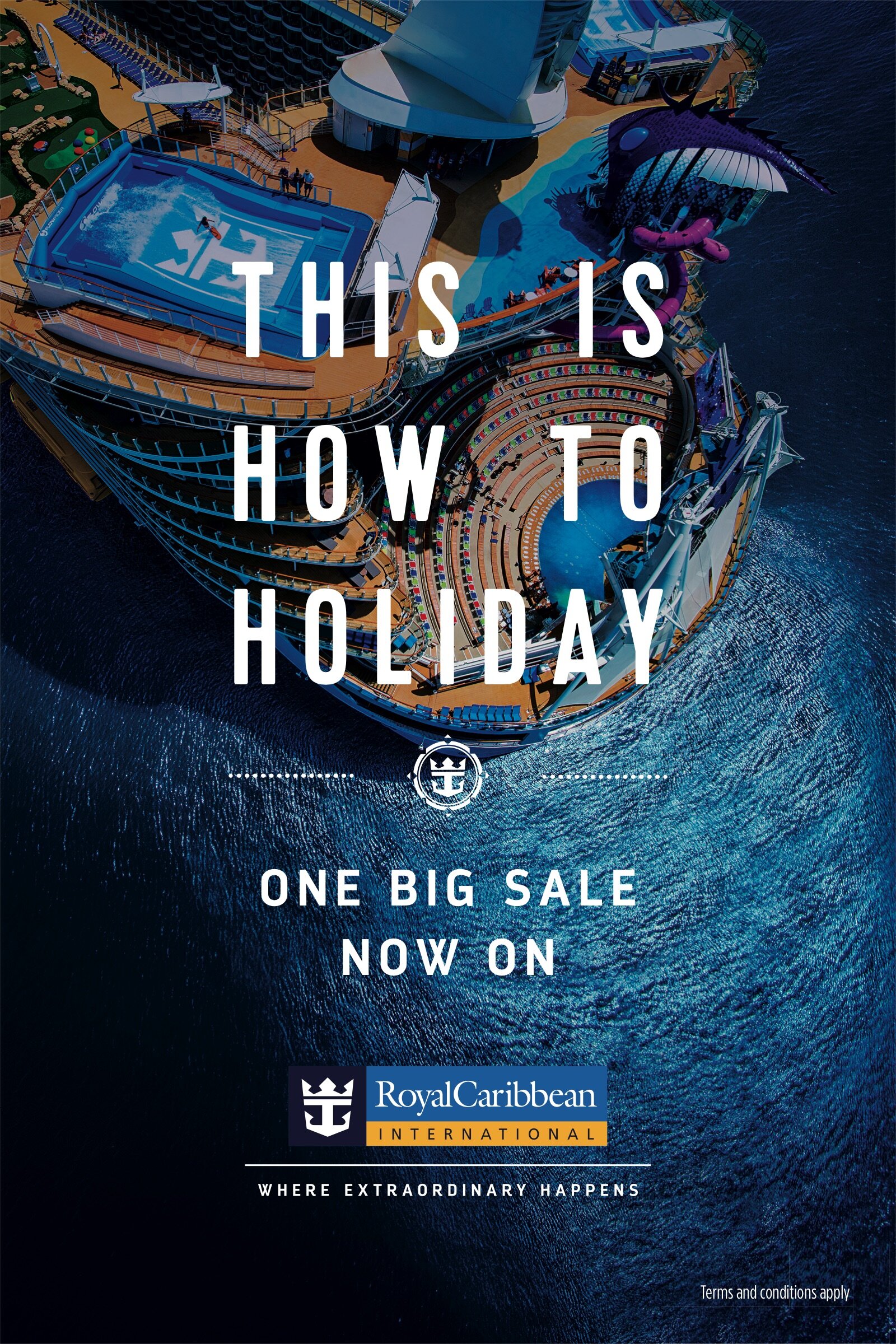

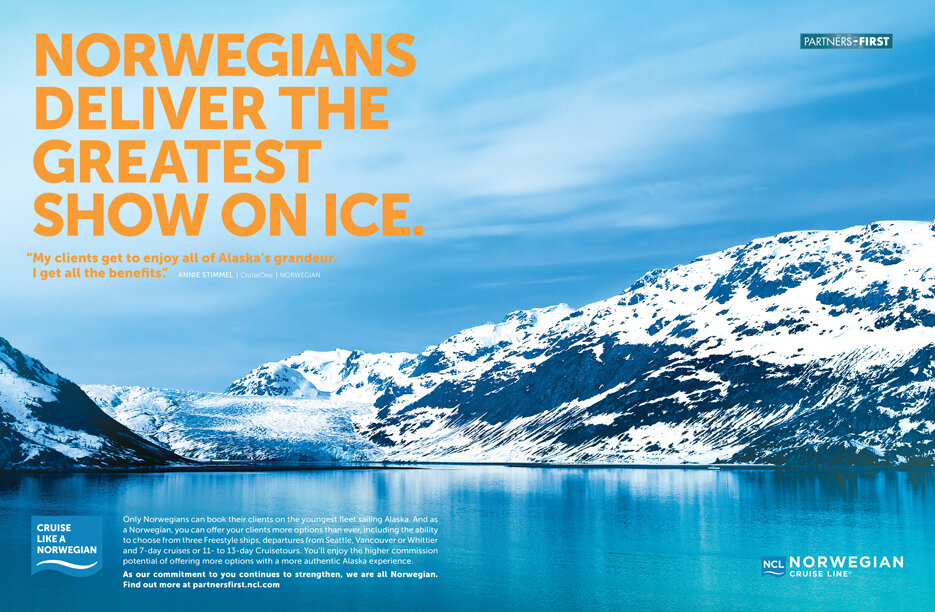


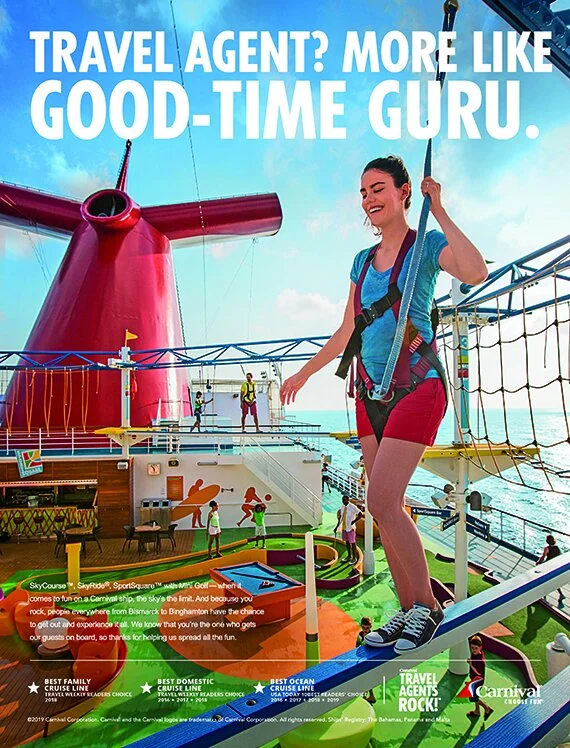

The World of Virgin Voyages
From those brand tenets all of the creative work flowed. I prioritized projects based on the potential return. I worked directly with stakeholder groups (for cabins & suites creative I worked with product design and hoteling, for dining I worked with food & beverage, etc). I kept my CMO updated and engaged, as he was the final approver. Working with one of our brand agencies in London, one of my first projects was a Brand Book stylized as a journal that helped explain our unique product proposition to potential sailors. I began with this project because it was narrative driven, many of the assets would be re-purposed for other marketing and it had a longer production lead time. And I used it as a way to educated other agencies on the Virgin Voyage’s propositions. (Ultimately, customers who were sent the book or engaged with the online version had a 30% higher conversion rate.)





















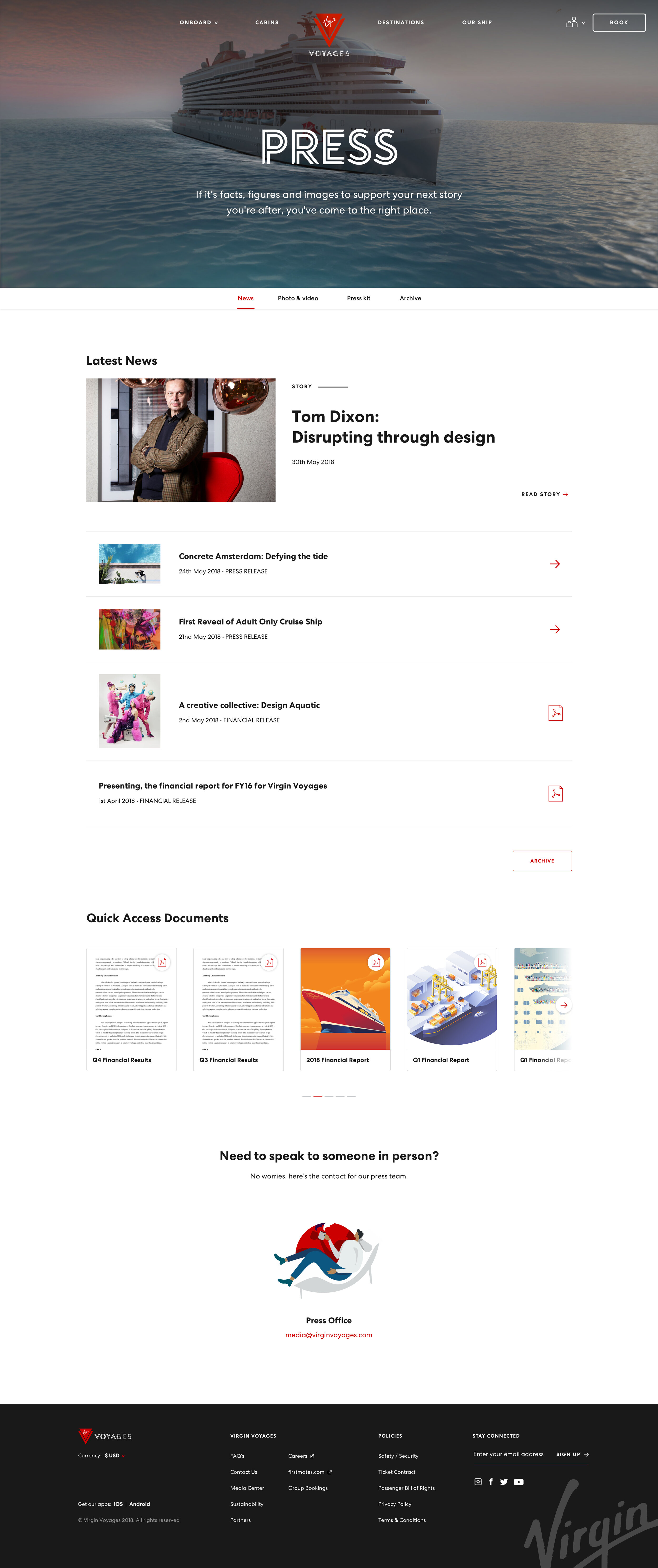
Knowing that food was a primary factor in a traveler’s decision process — I pulled together freelance photo teams in New York to re-create the energy of each of Virgin’s premium dining options & in-room service. Working with the FnB team culinary team, I identified key dishes to highlight and the art direction for each venue. (These images would ultimately drive the highest email click-through rate of any type of content.)
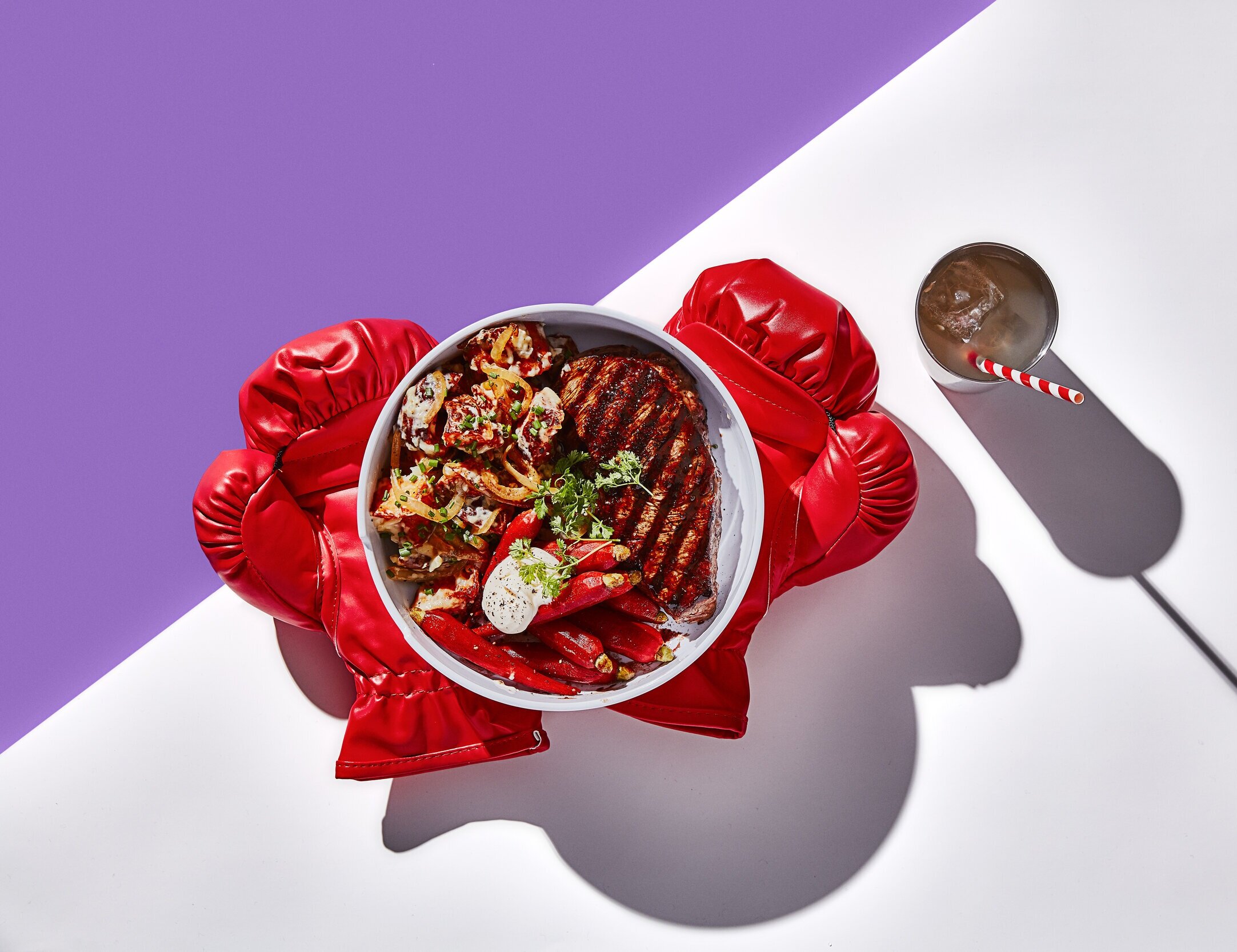




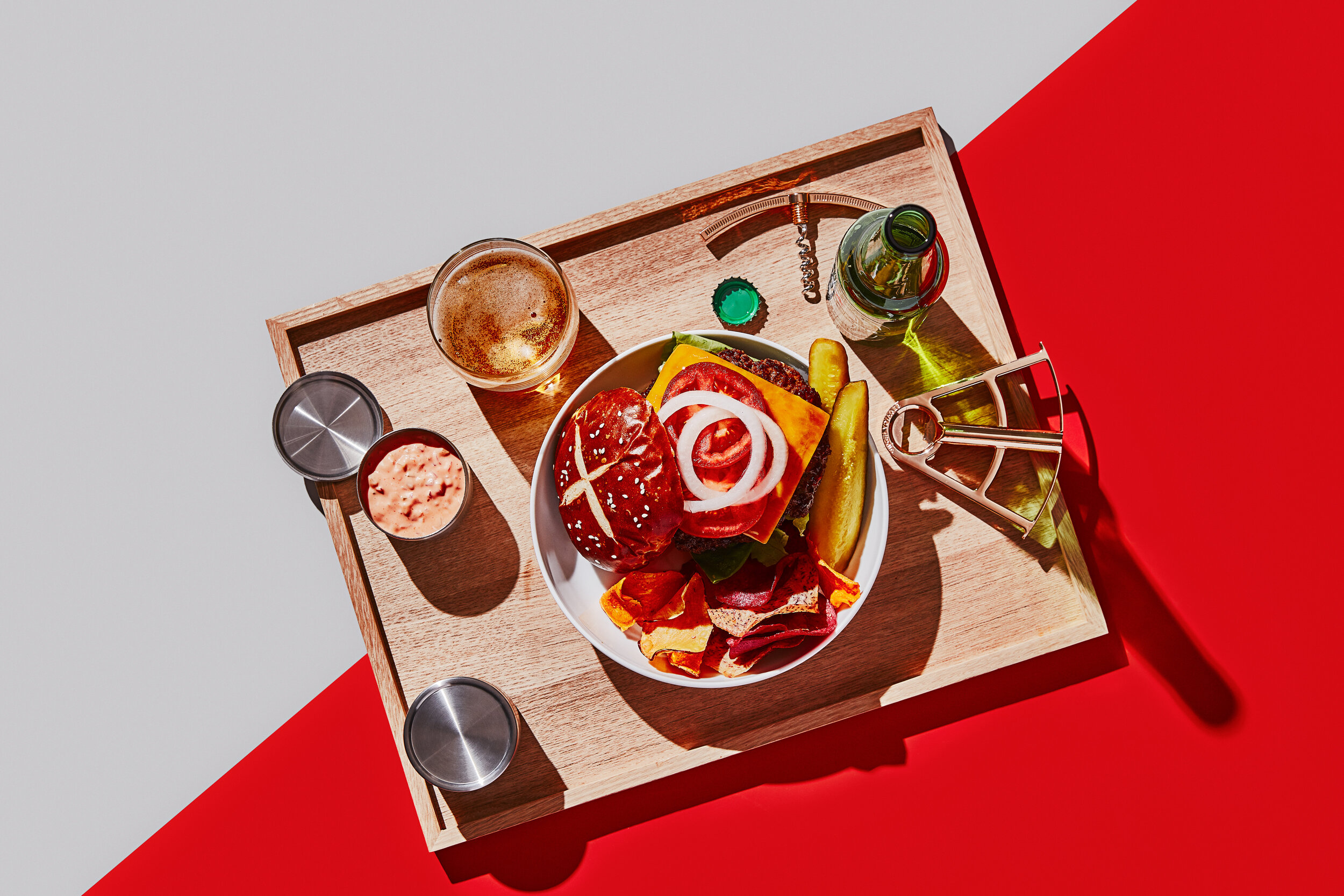





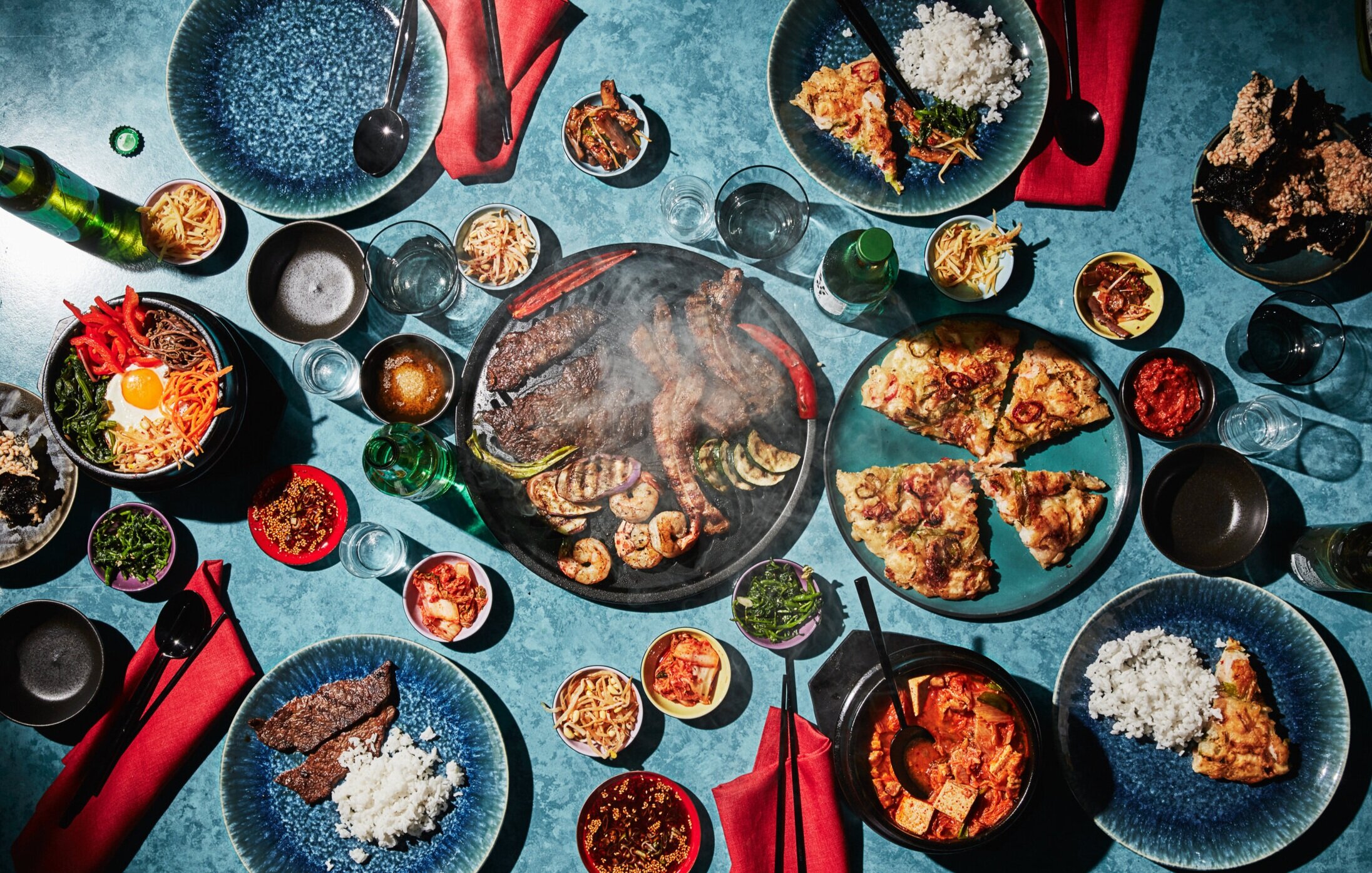

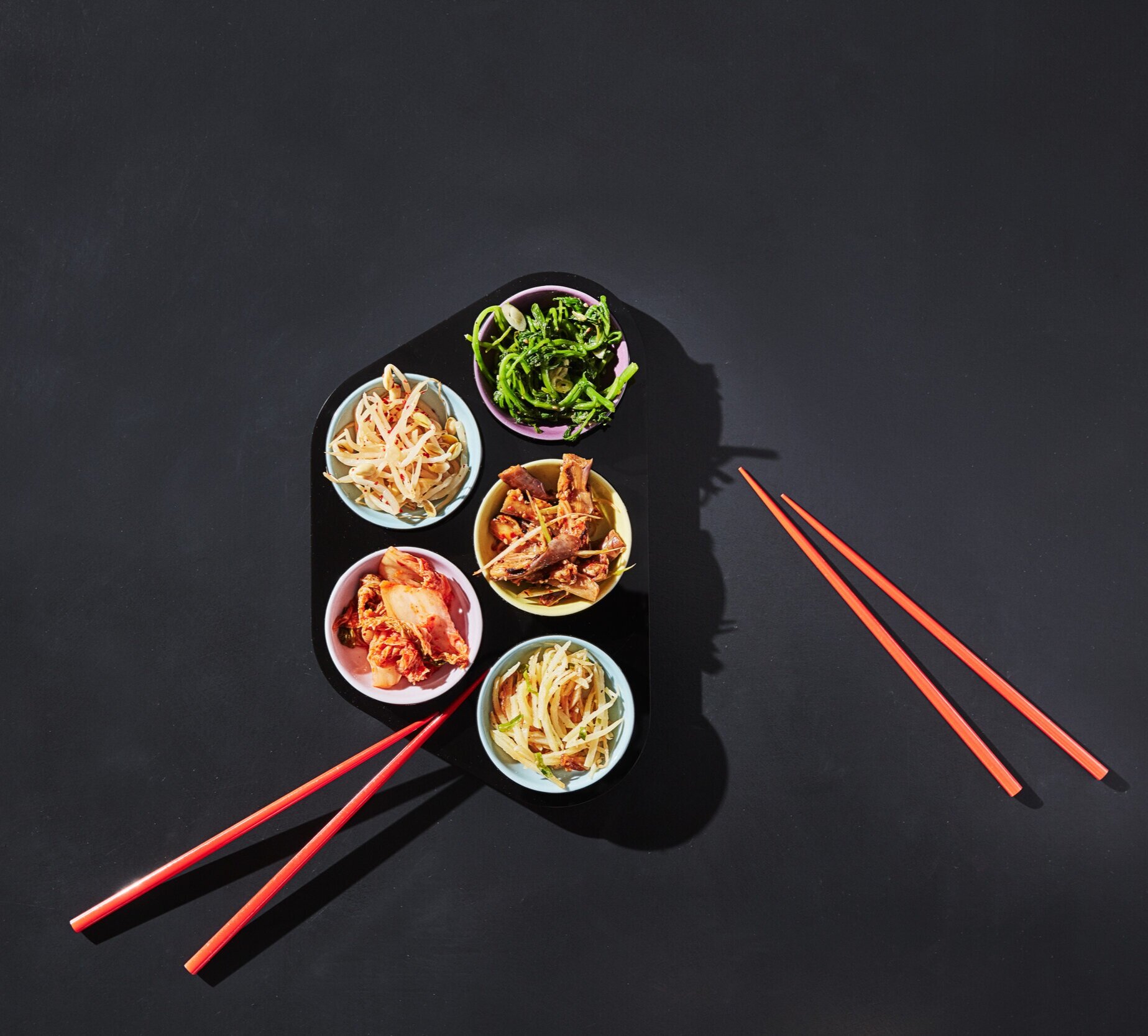

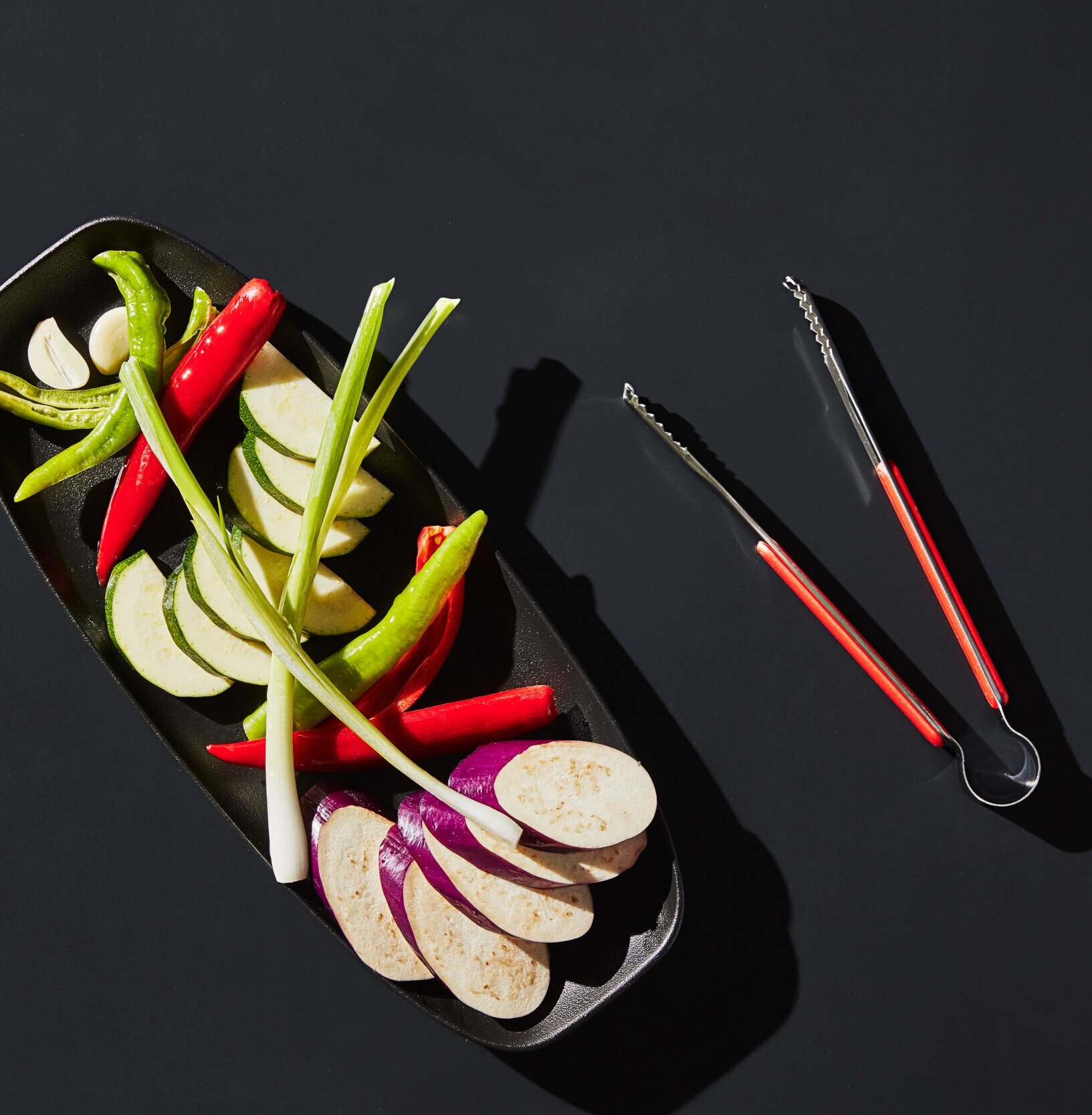
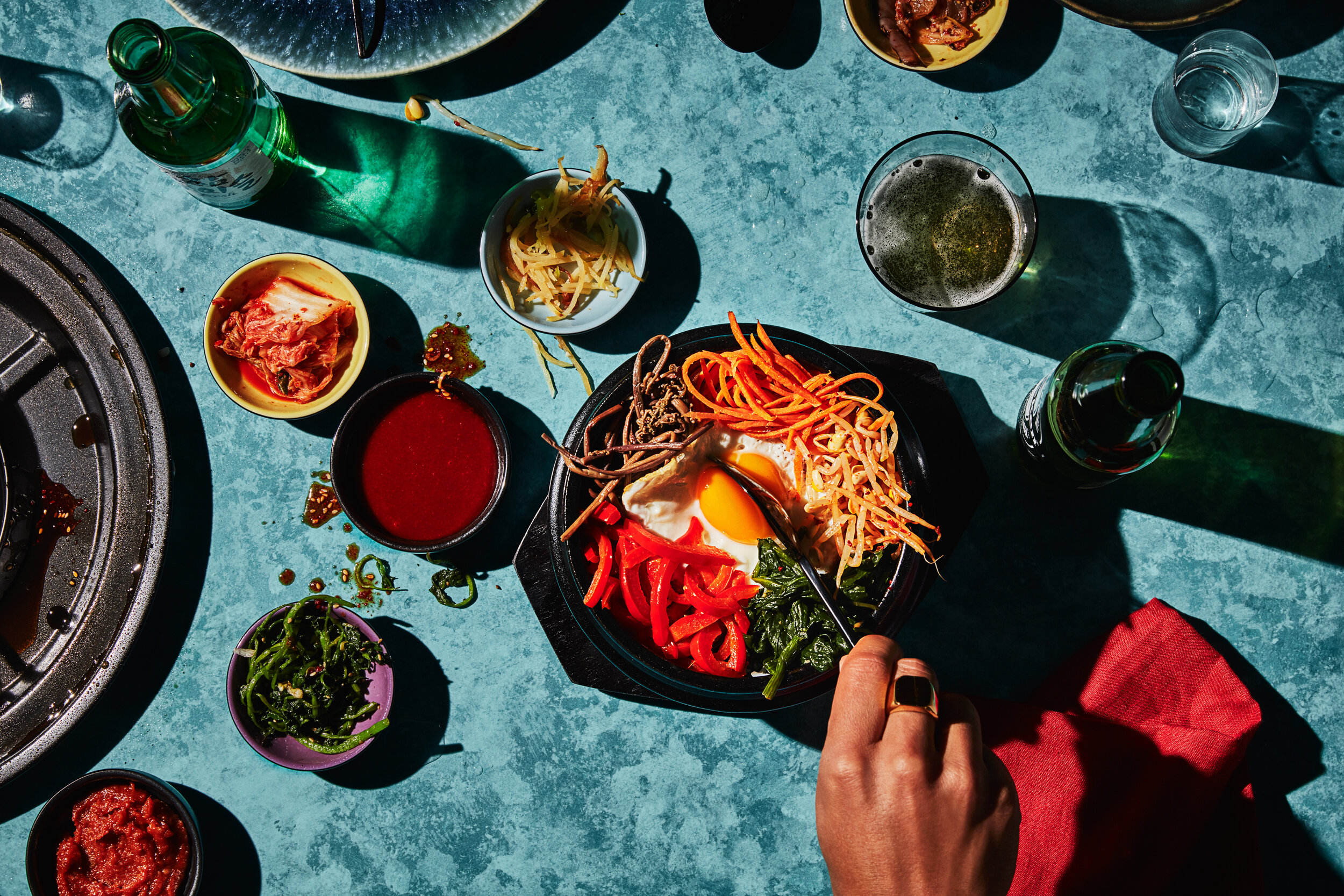
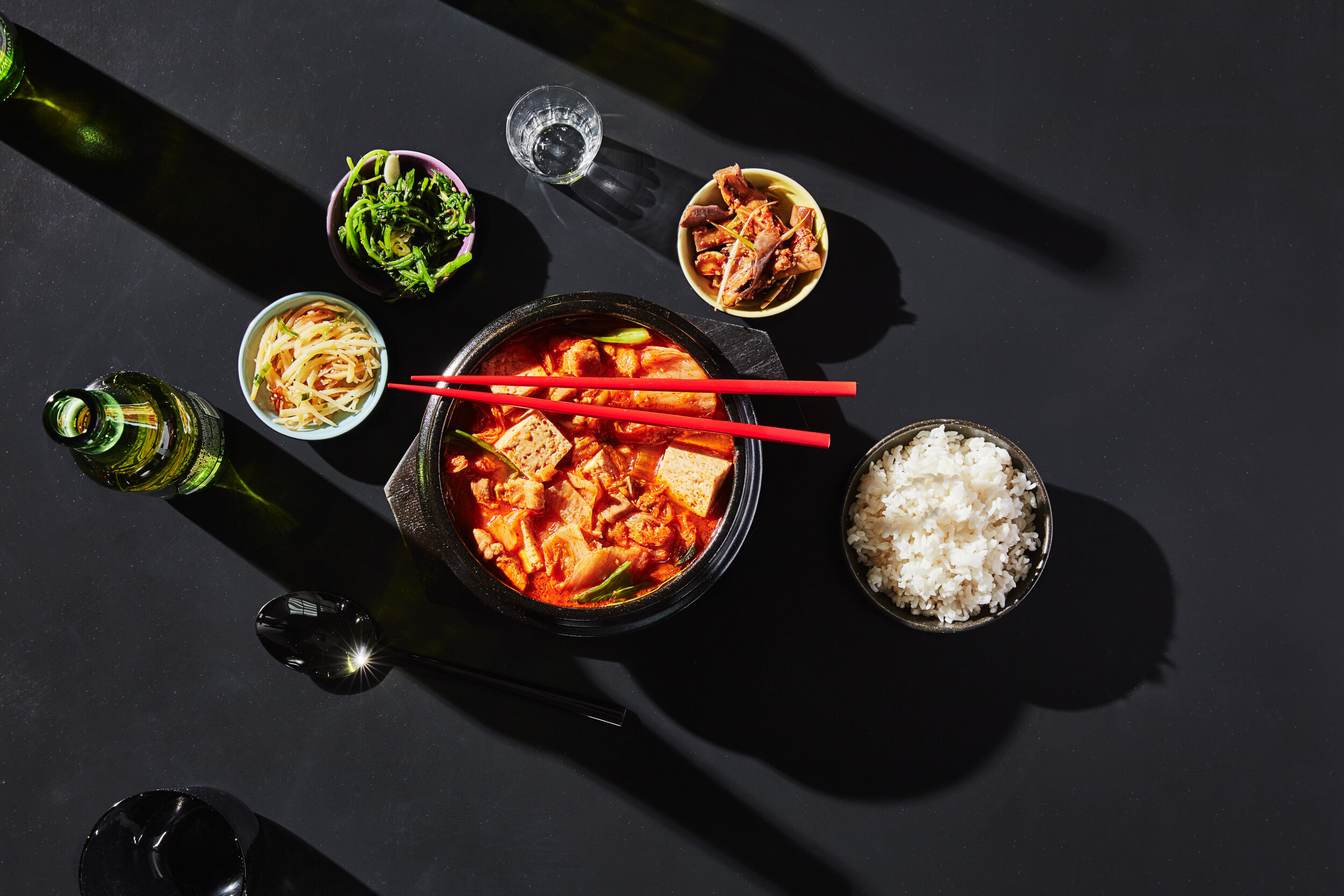




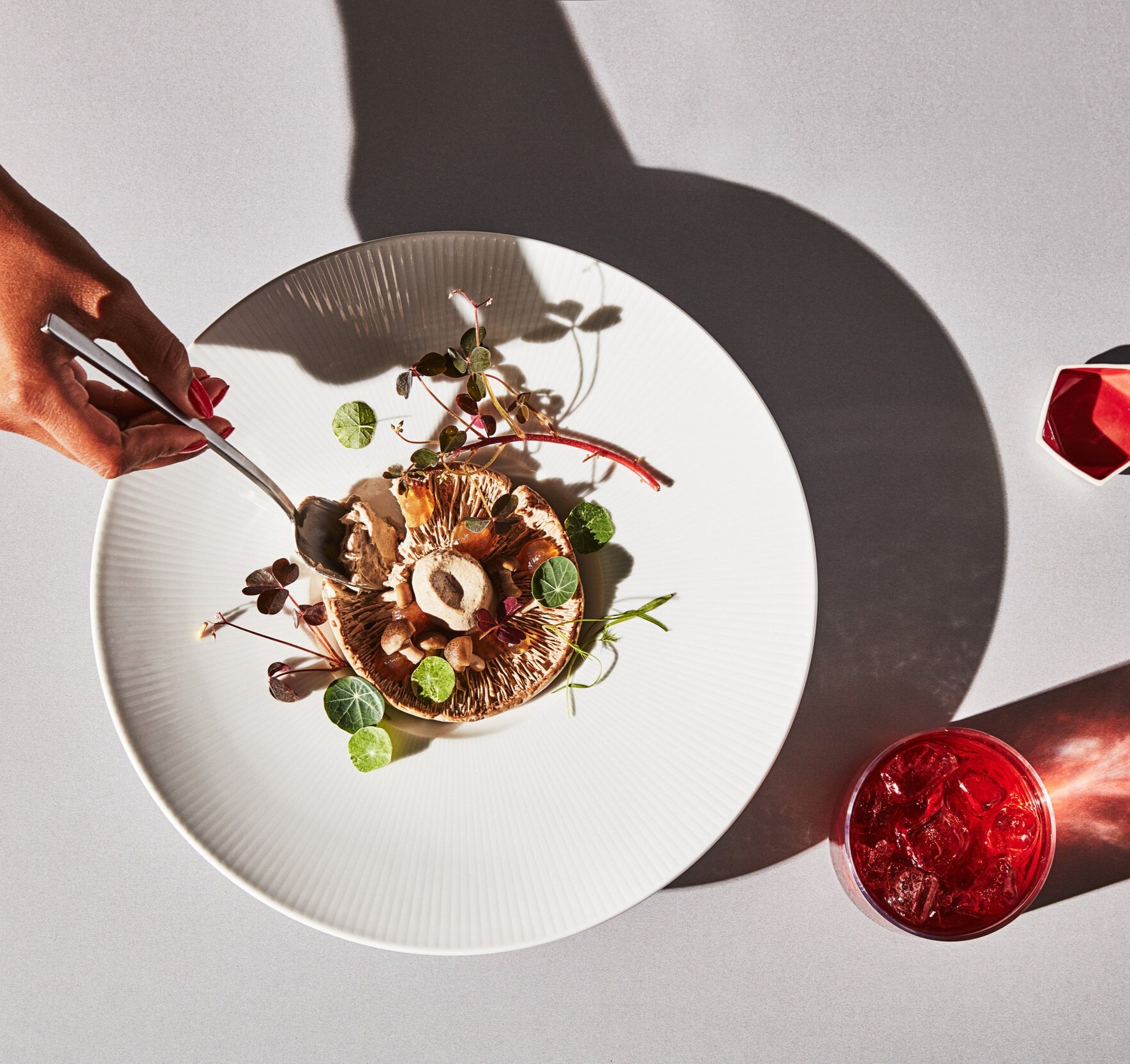


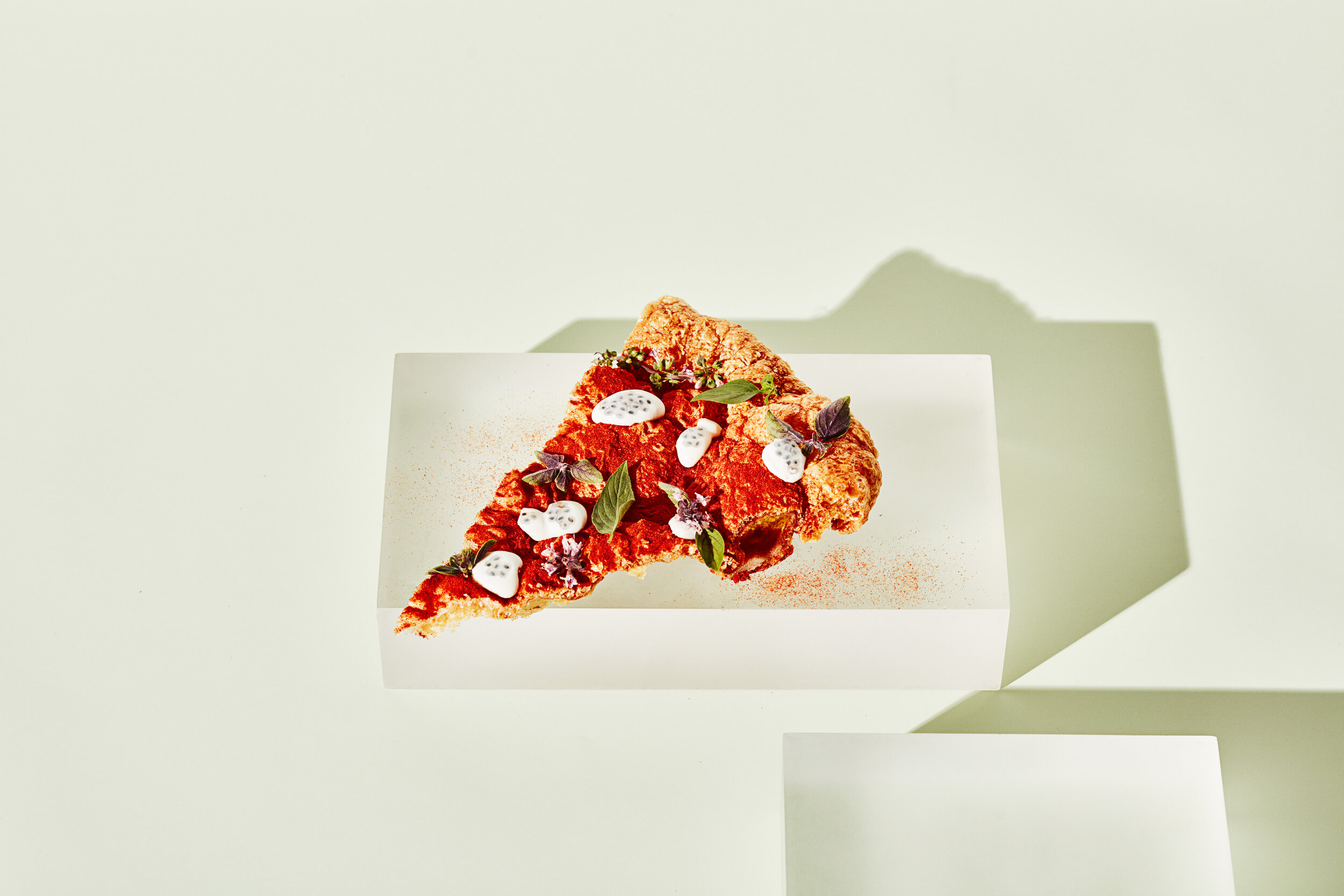


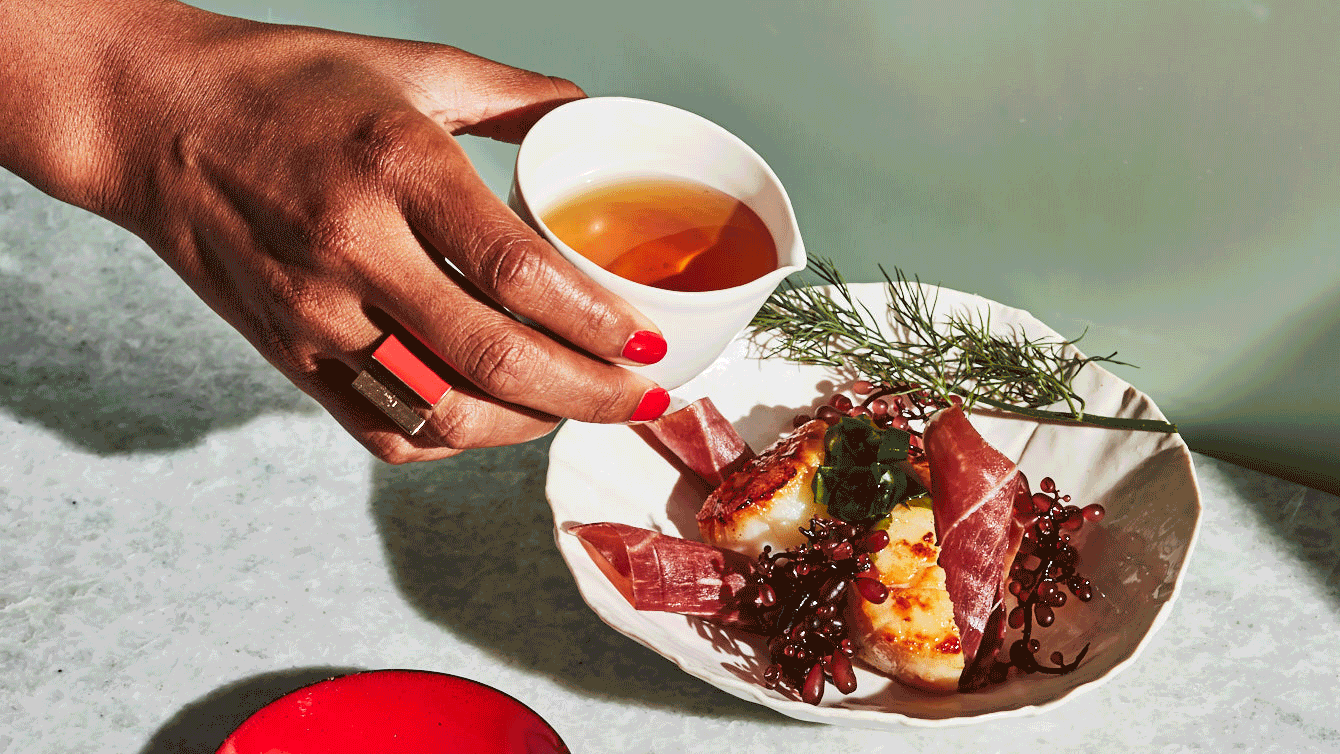
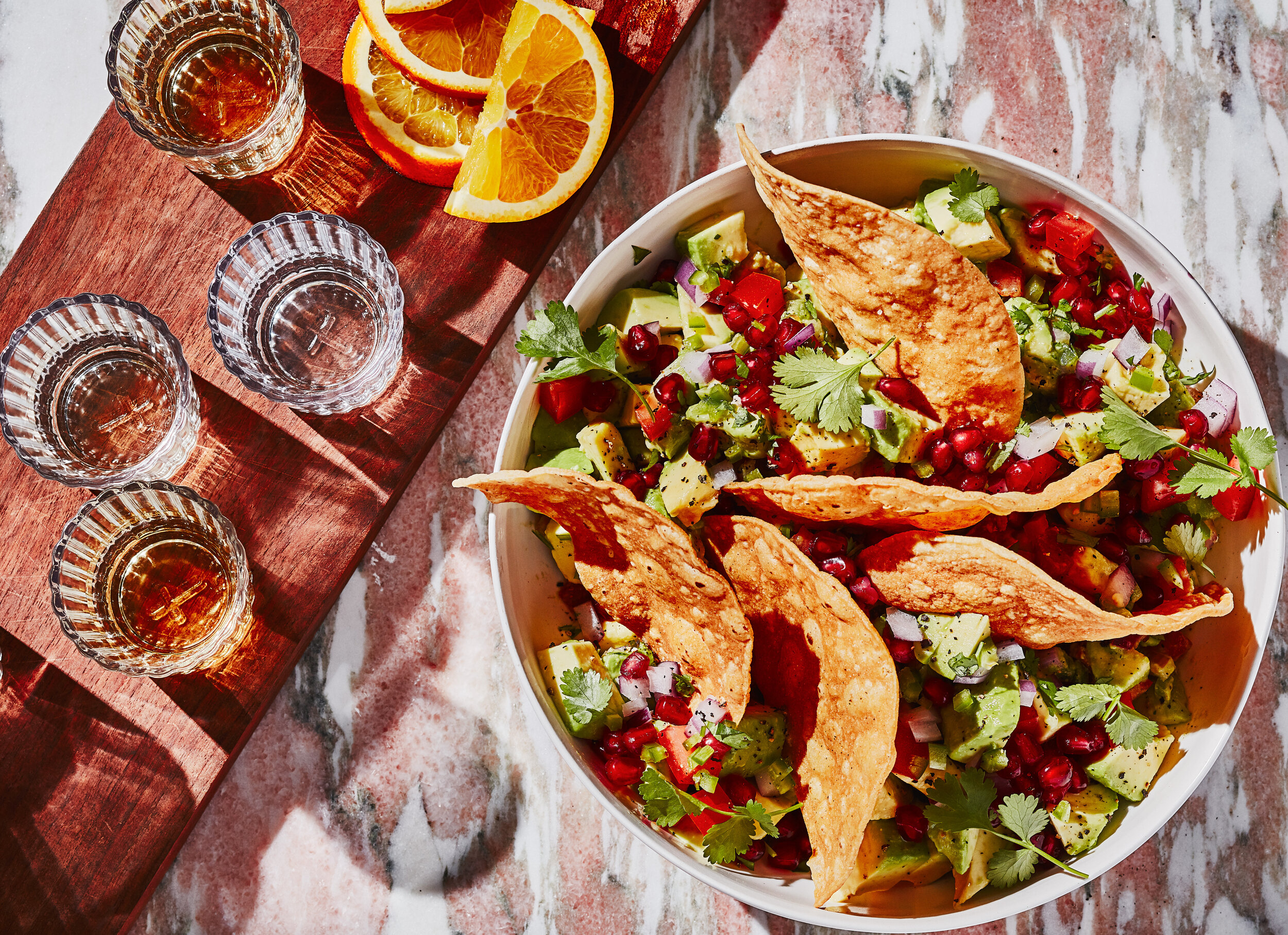

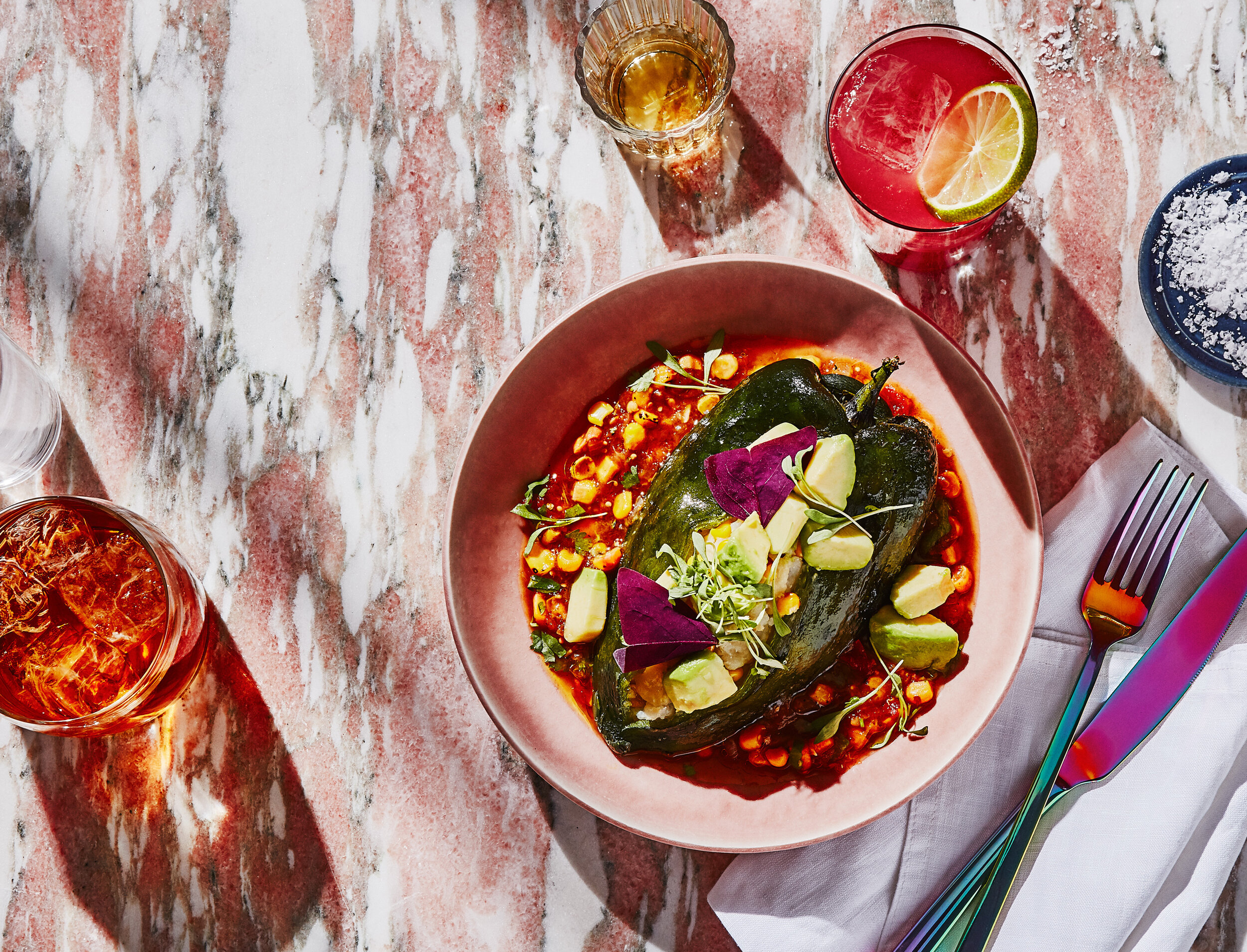




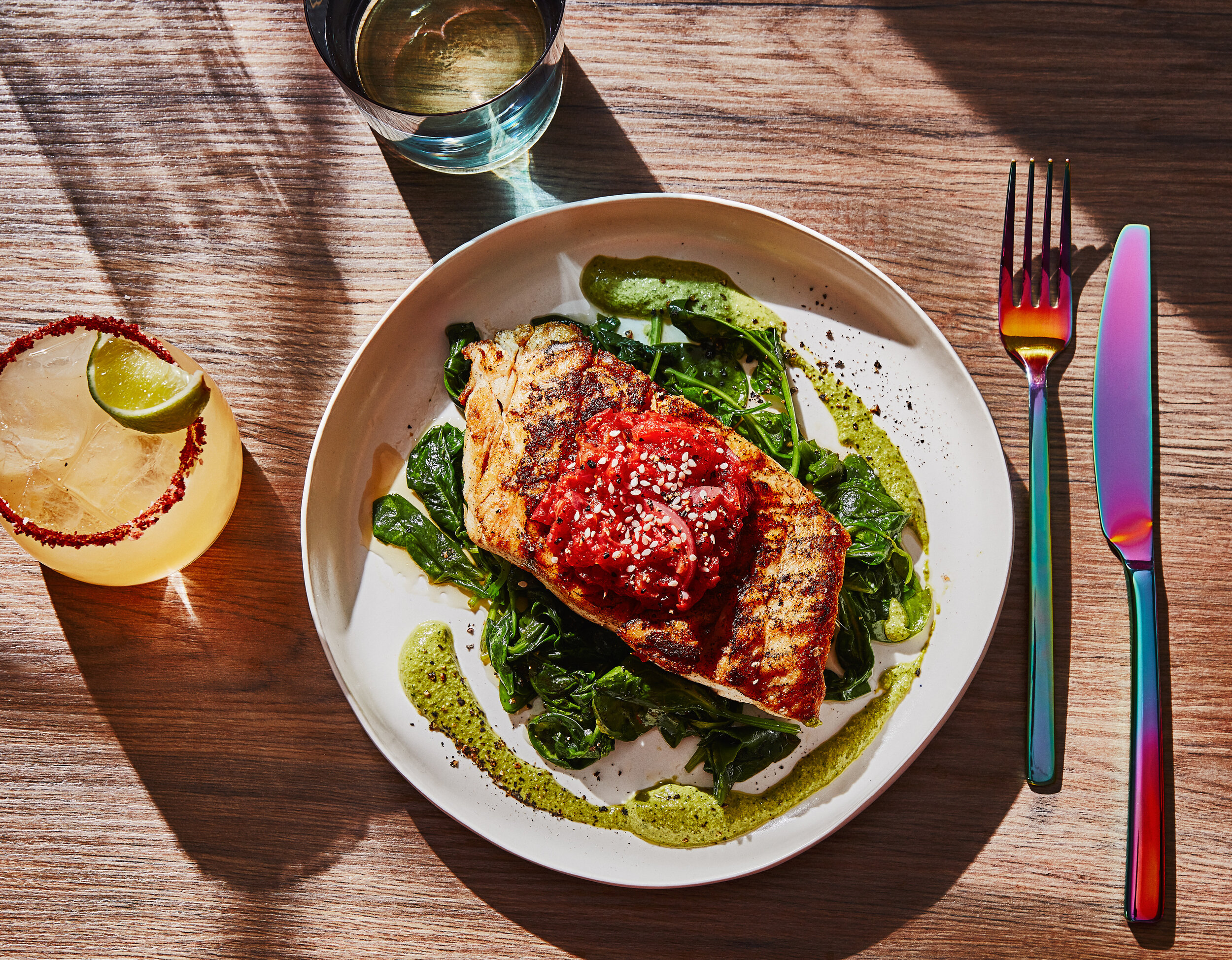
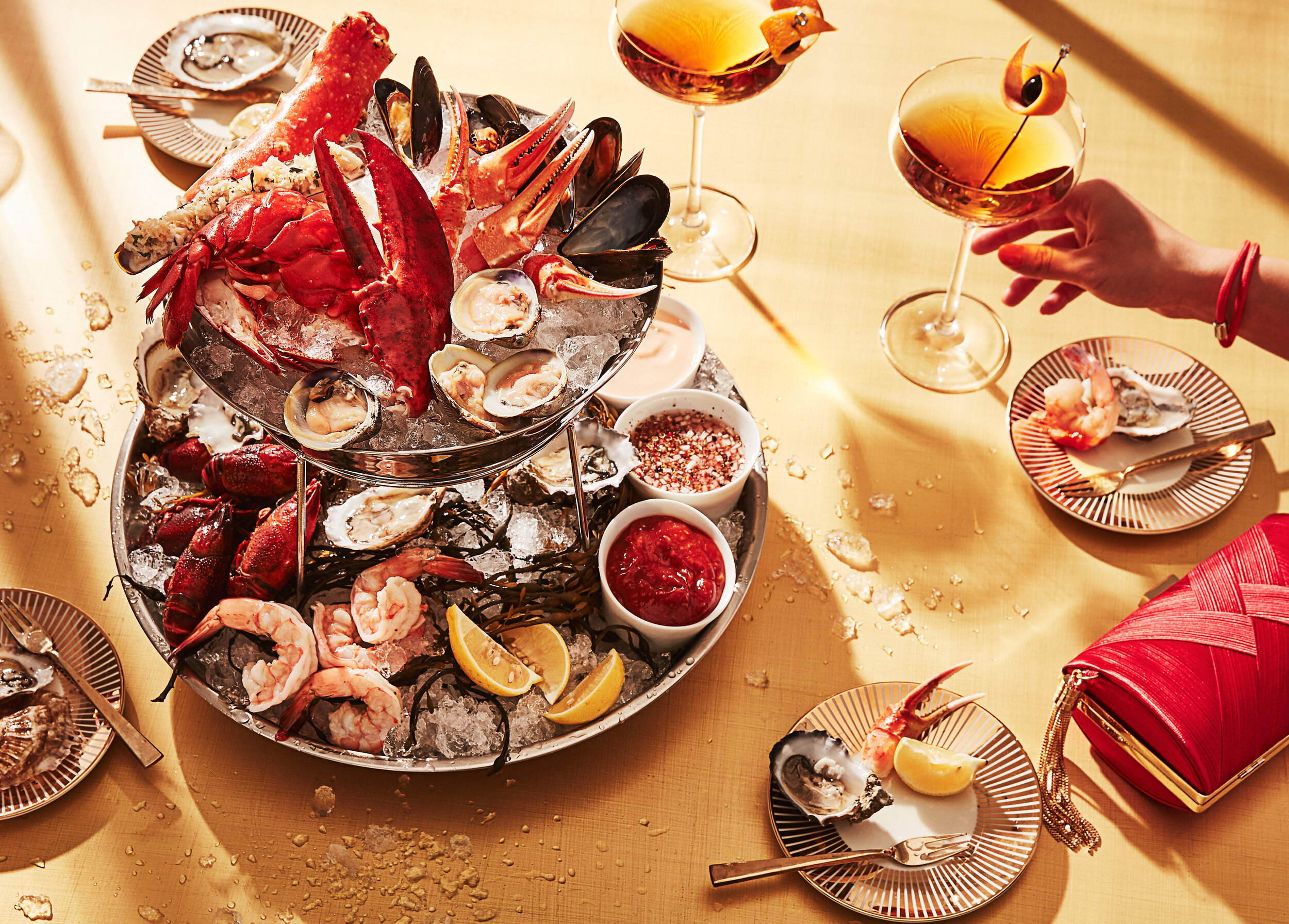


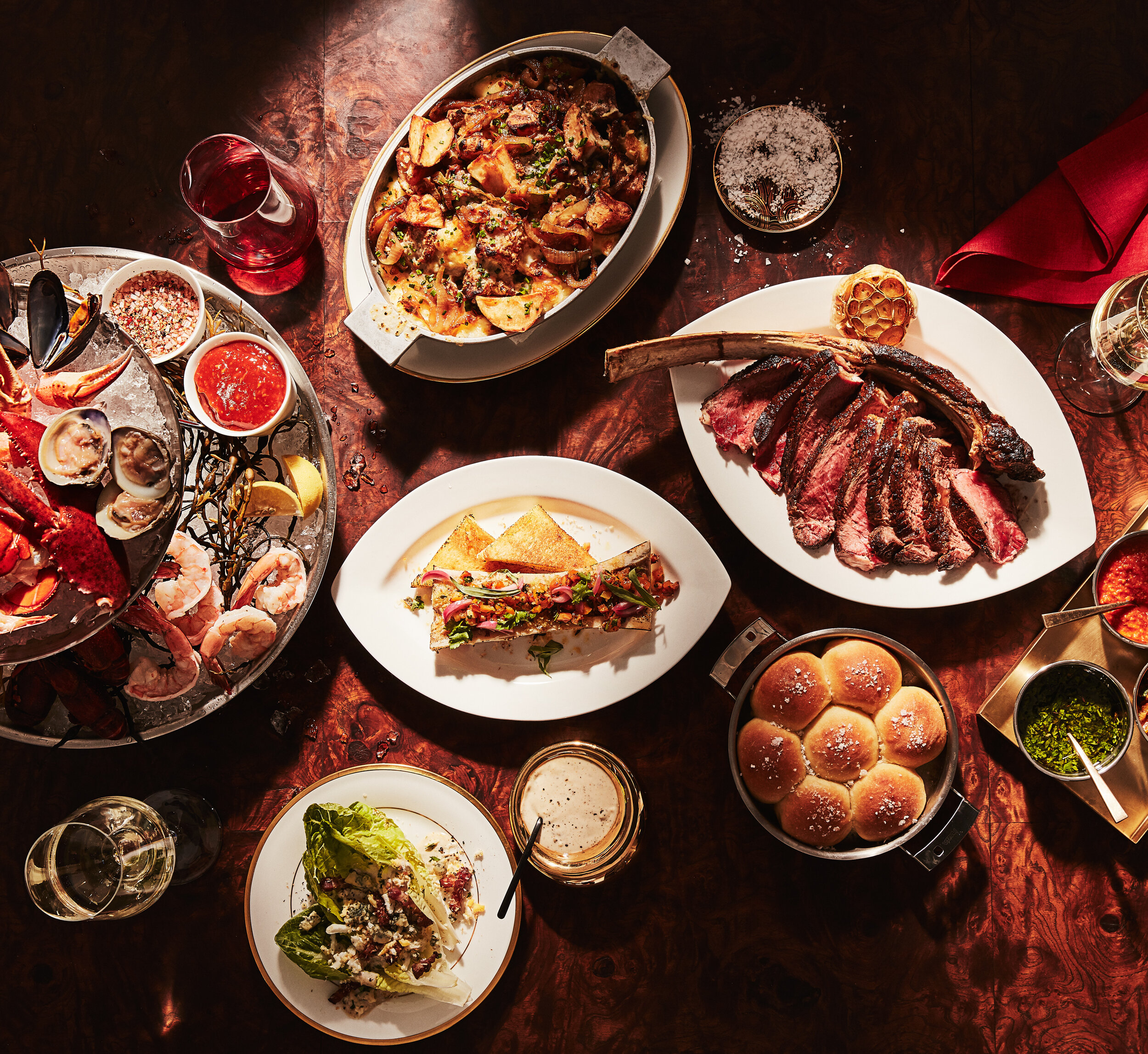





There’s an app for that
Used consumer insights and usability research to create a best-in-industry app that eased sailor pain points from pre-travel through check-in and the entire onboard experience. Gamified the pre-check-in process to ease day-of friction pain-points. Developed an exceptional in-room tablet app that contained all room control settings and TV display.






For well-being & self-care I decided against standard spa treatment photography (no cucumbers on eyes!). Most people know what spa treatments look like, we used these moments to build brand differentiation.
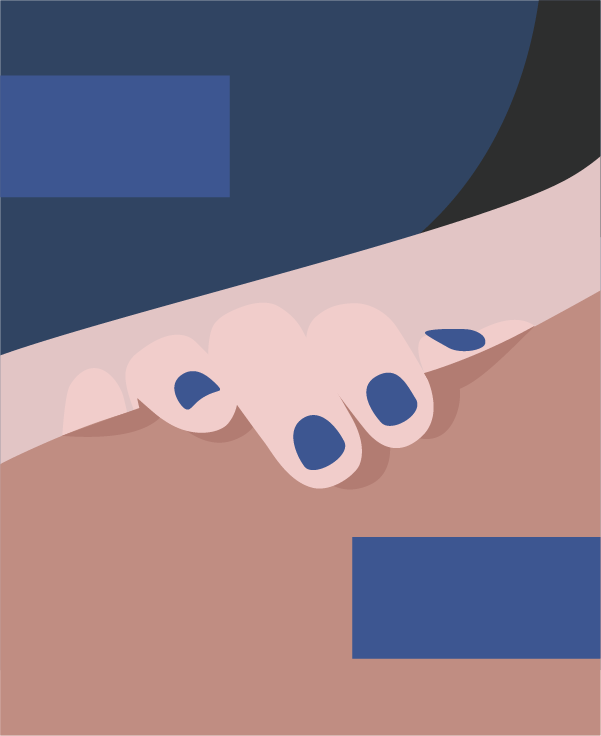






We illustrated our onboard events, which in all honesty were fairly unremarkable and common cruise events. Illustration allowed us to own the images in perpetuity and not be literal, which was a benefit as the events were subject to change.
As an easter egg, I hid the founding members of Virgin Voyages & Richard Branson throughout the scenes. 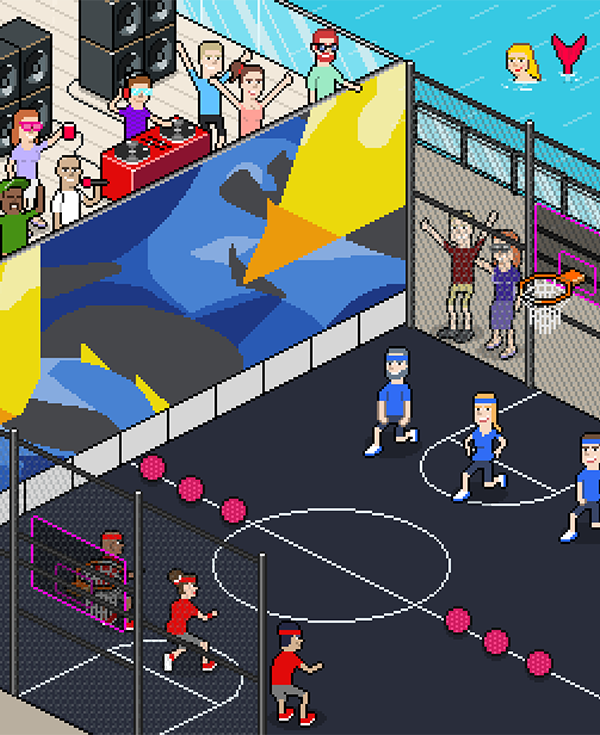

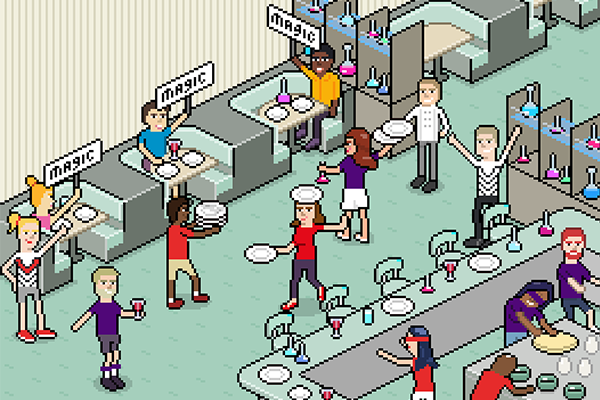

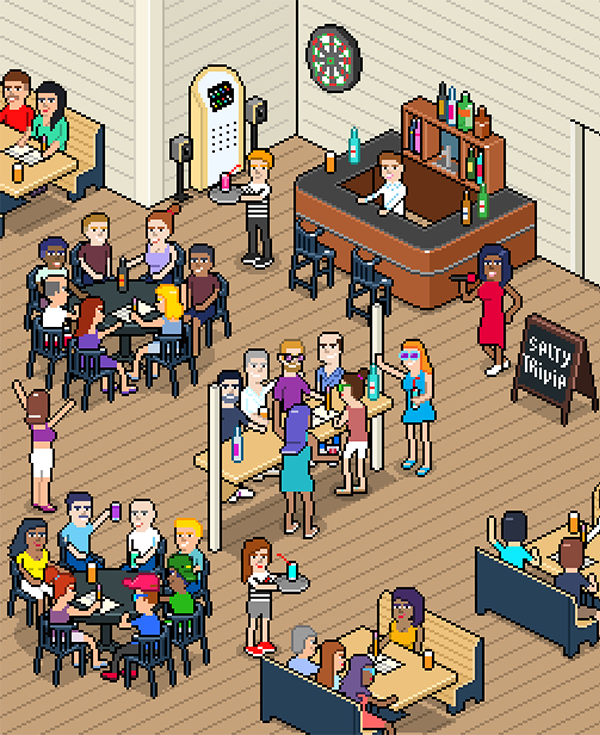
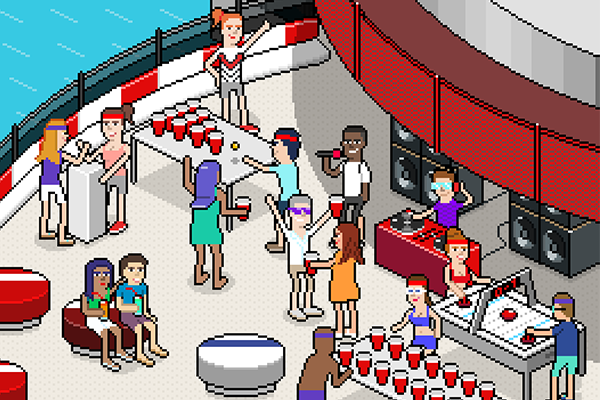
One if by land, two if by sea
Shore-Ex can make up a quarter of the revenue of an itinerary. As with the onboard programming, Virgin’s shore experiences were shared across almost all the cruise brands in Miami. From a bus tour, a cooking class, a couples massage, to surf lessons — every brand had the same offering. But it was an important profit stream and so I did my best to promote it as if it were uniquely Virgin.
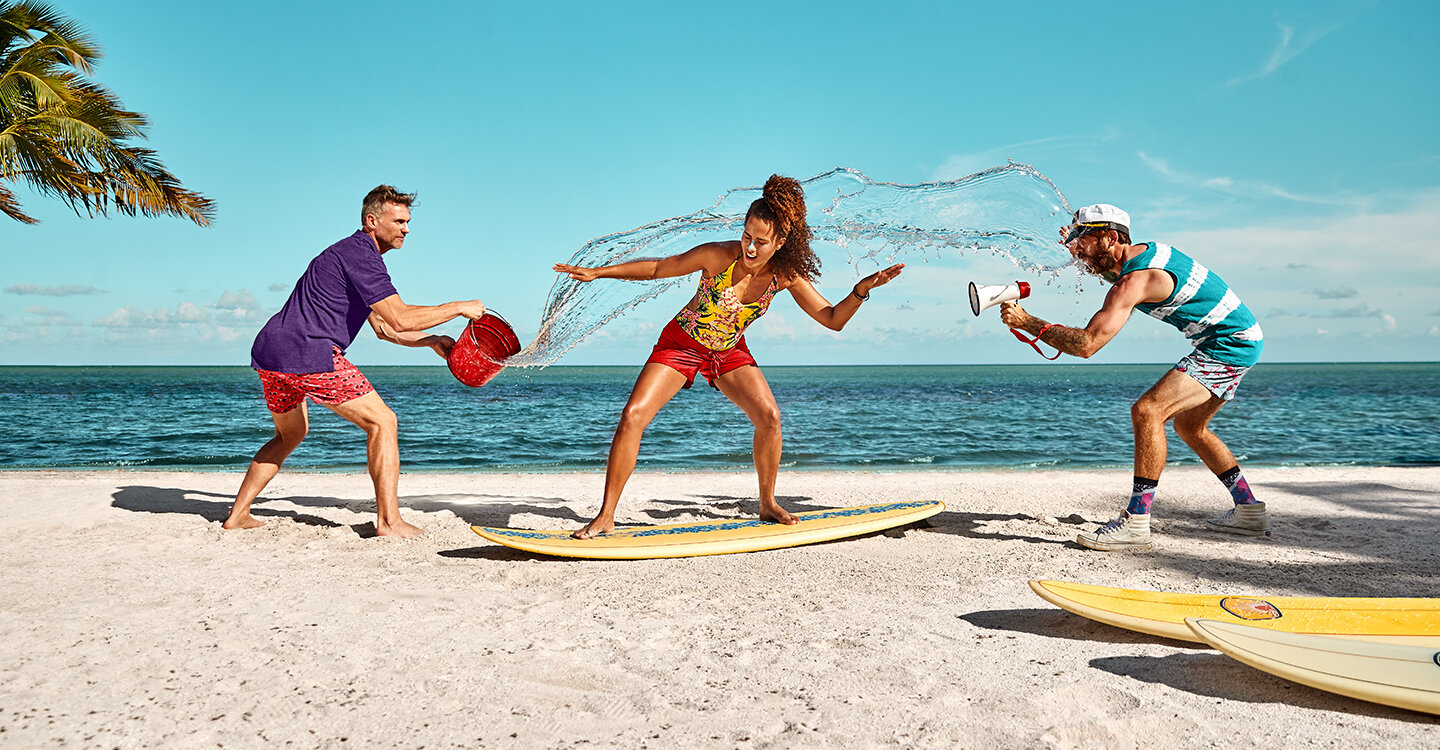


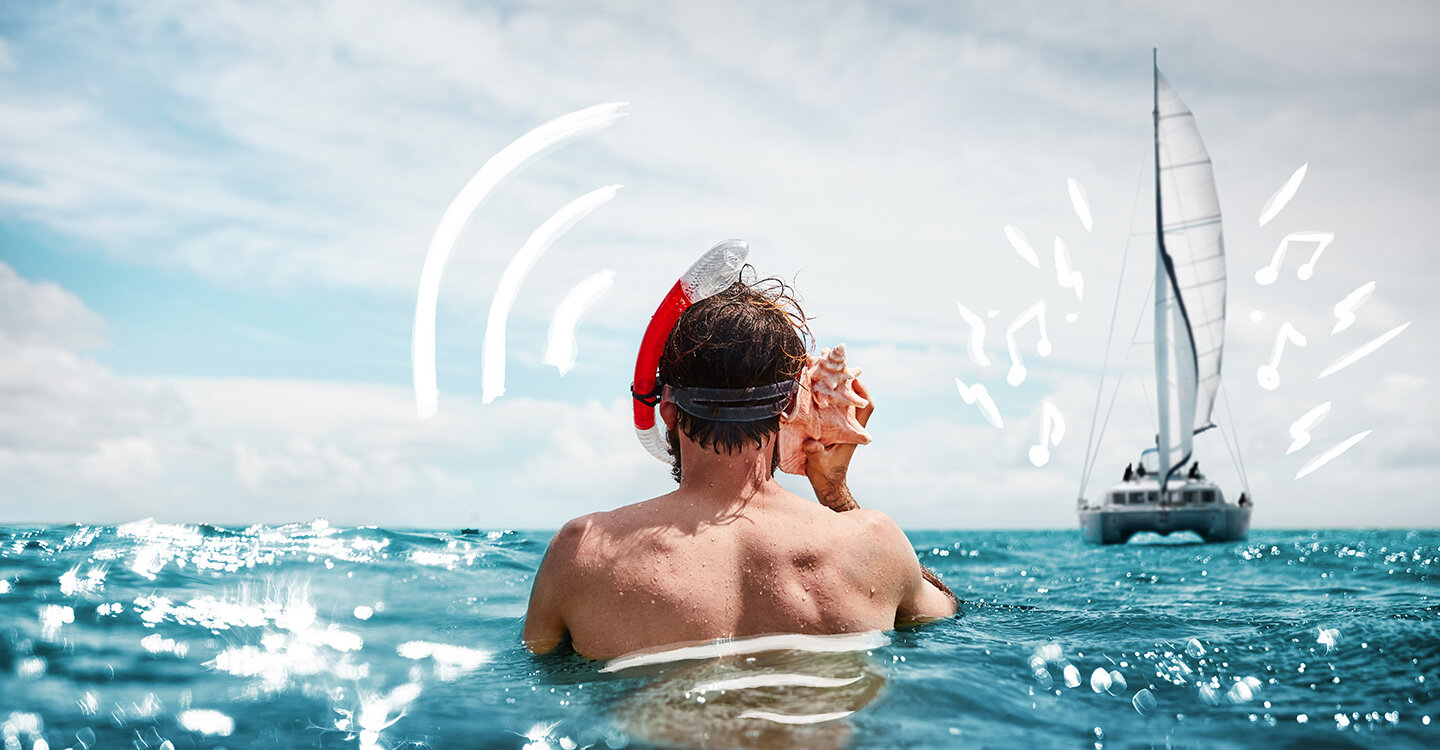


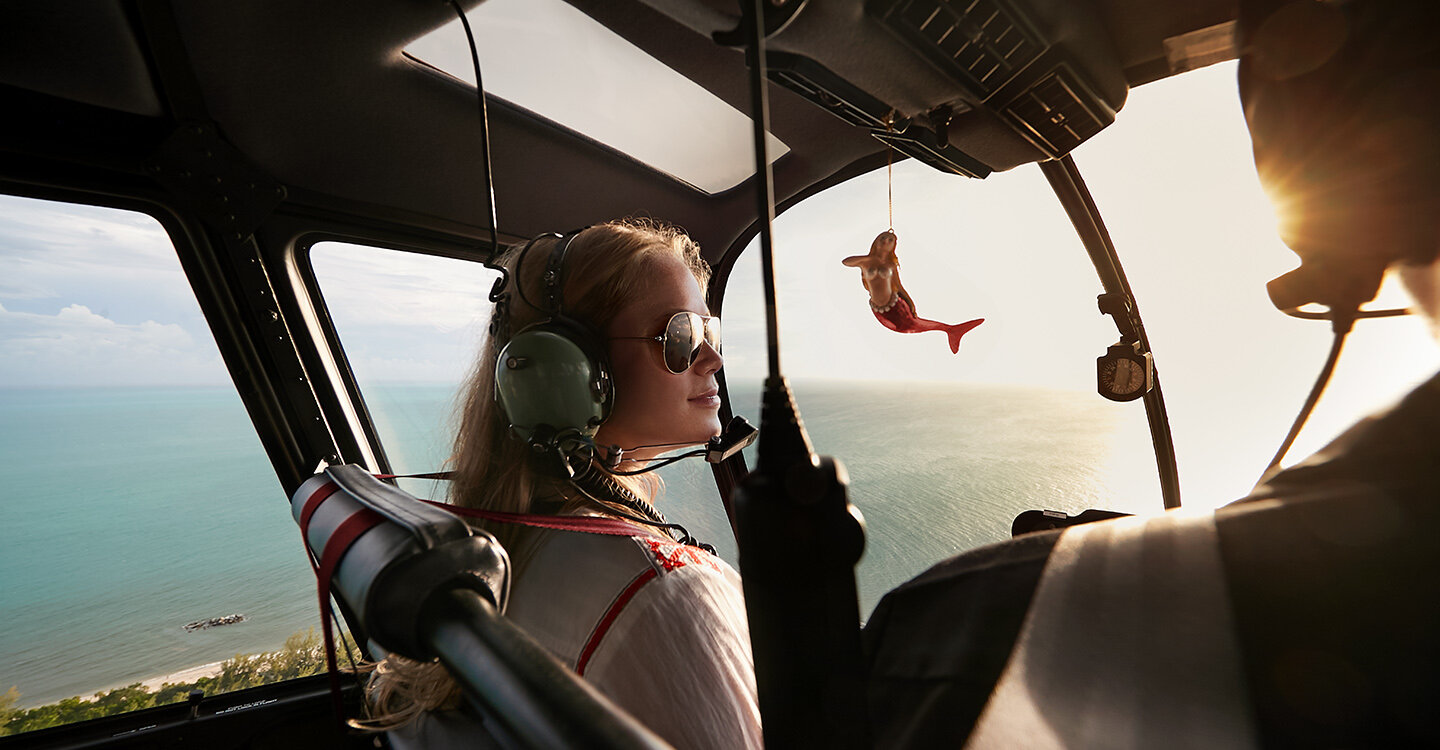
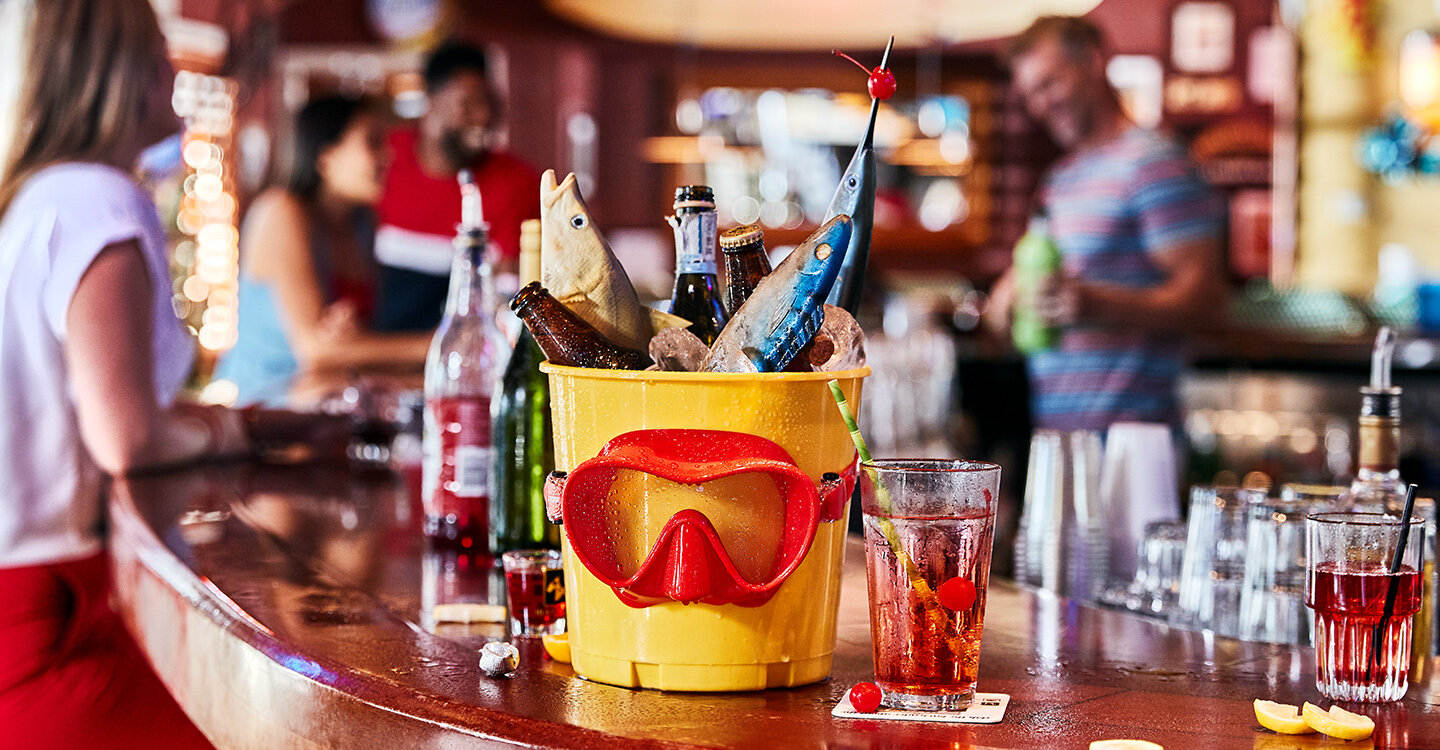

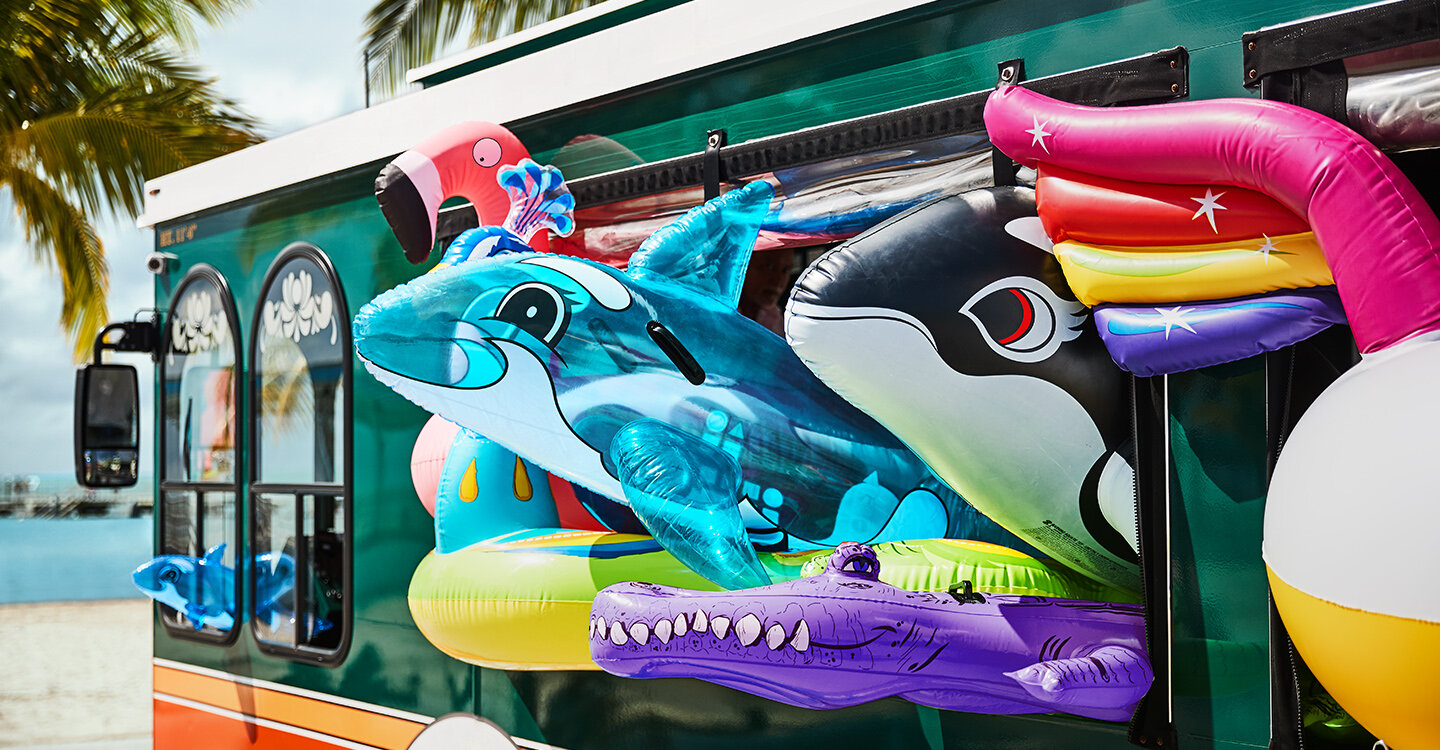

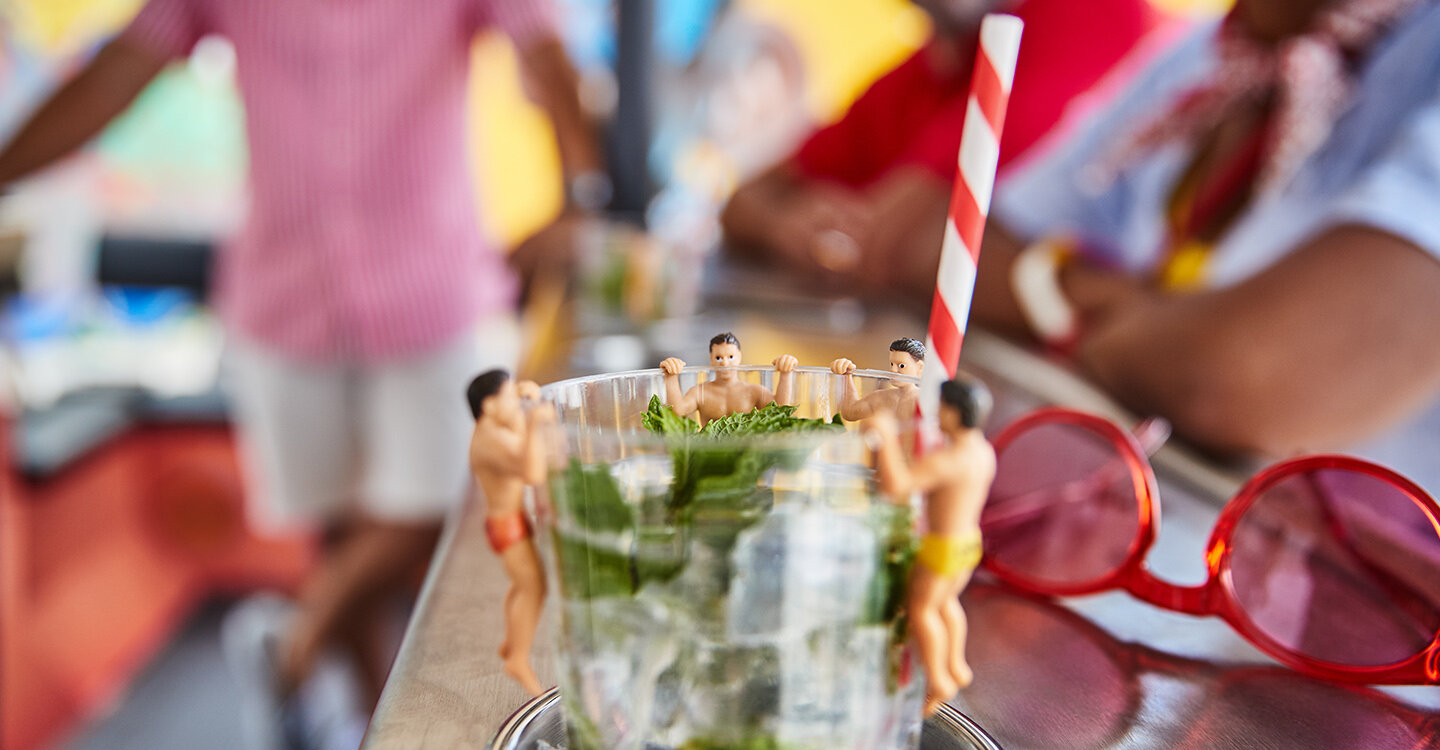
For every creative piece, I always challenged myself and asked — “how do I stay true to the ethos of this brand and bring to life the imagination of Richard Branson?” Even in creating an ad for the onboard premium coffee, I didn’t want to show a latté leaf, instead we created the “Journey of the Coffee Bean.”
The Results
I’m very proud of the DTC work I oversaw for Virgin Voyages. It’s success was not guaranteed but the results were not completely shocking given the feedback we were receiving in usability research, micro-testing and social media. This was a very different story for the B2B (OTA channel).
A little background on sales for most cruise operators. There are two revenue channels: Travel agents partners (OTAs) and DTC (online sales). I oversaw the creative marketing for the DTC channel. For OTA partners, the sales marketing was created by a different internal group responsible for agent outreach and relationship management. They had a lot previous cruise experience and went in a decidedly more traditional cruise-marketing direction (the type of creative I fought very hard to keep out of the DTC channel). These decisions were more instinctive, based on previous cruise experience without regard to changing dynamics of the marketplace. Heading into sales launch, the first year projections were 70% OTA, 30% DTC (the projection reflects an industry number but also with an internal theory that OTA’s personal connections would make them more successful at selling a product from a new and yet unproven cruise brand).
The actuals were more or less flipped. At launch, 80% came through DTC and held steady for the remainder of the year, contributing 65-70% of sales. Infact, the consumer-facing creative was so much more aspirational and the narrative was simpler to understand that OTAs began using the DTC website and not their dedicated sales site.
There are a couple of lessons here — branding does play a huge role in the success of a company. But also, there are so many micro-testing tools and feedback loops that B2B’s dramatic underperformance is largely avoidable.







